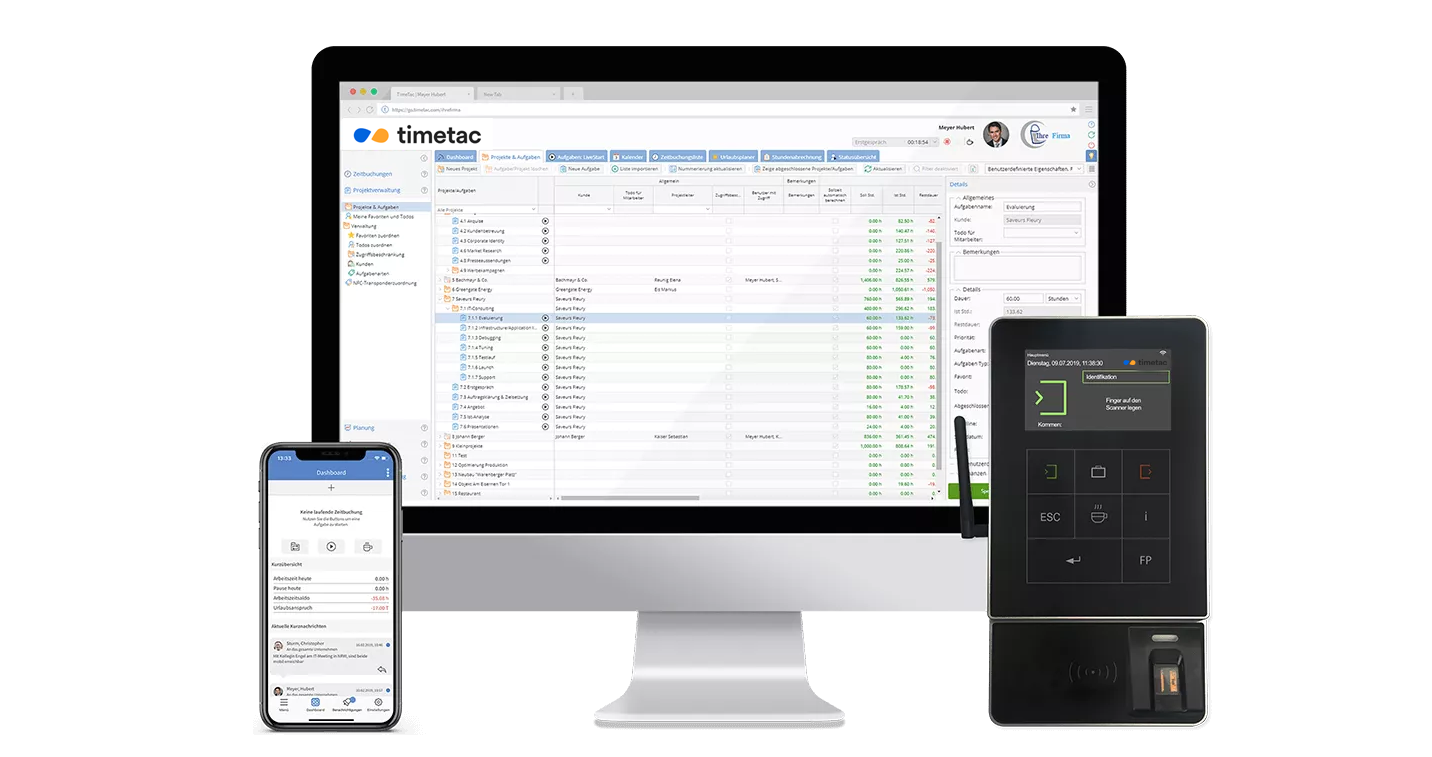4-Day Workweek: A Model for the Future?
by Anna Eisner-Kollmann, 18.11.2022
Already implemented in many countries, feared by some companies and longed for by employees: the four-day week. It offers numerous advantages, one of which is the perfect balance between working hours and free time. Get some ideas here - maybe your weekend can start on Thursday as well.

A Short History of Working Time
Working approximately 40 hours a week? That was not always the case. People tended to work well over 40 hours at the turn of the century. It was only in 1975 that, for example, Austria adopted the 40-hour week as the normal working week. In some industries, the 38.5-hour week has also been in place since the mid-1980s. In Germany, the federal states regulate their own working hours, but these also settle around 40 hours per week. Great Britain set the standard hours of work for employees at either eight hours a day – 40 hours per week or 7.5 hours a day – so 37.5 hours a week.
How Many Working Hours Does a Four-Day Workweek Have?
A four-day week occurs when the total weekly working time is regularly distributed over four days. The actual idea behind it: Shorter working hours with no change in pay. The defined full-time working time is then often reduced to 32 or 35 hours. Some companies approach the concept from a different perspective: the same working hours, with no change in pay. This means that the full-time weekly hours are not reduced and employees must work ten hours per day.
Why Implement a 4-Day Workweek?
The four-day week is an integral part of New Work, which describes the framework conditions for how you can work and live in a society characterized by digitalization and globalization. In the New Work concept, there is a deliberate focus on reducing hours. There are some good reasons for this, and it brings benefits not only for employees but also for company management.
What are the advantages of a 4-day workweek?
- Work-life balance: Working only four days a week means more free time. For example, errands or household chores that previously had to be done on the weekend can now be done on Friday. The weekend, and therefore the time to regenerate, automatically becomes longer. Participants in a four-day week pilot program in the UK said they now have more time for social contacts and hobbies.
- Health: A German study shows that people with long work weeks, more often suffer from health problems. The effects are poor sleep quality, exhaustion, and often back pain. With long-term overwork, employees can slip into burnout. Which often results in long periods of sick leave.
- Climate: The four-day workweek is also good for the environment. A shortened workweek could at least reduce the number of car kilometers and energy consumption at work. A British study came to the conclusion that switching to a four-day working week with no loss of pay could reduce the UK’s environmental footprint by 127 million tons per year by 2025. Will reducing working hours thus become an important tool in the fight against climate change?
- Productivity: You may ask yourself: How can fewer working hours increase productivity in my company? A global survey showed that more than half of the 10,000 participants spend their work time managing their work. That means they sit in unnecessary meetings, have repetitive conversations about work processes, and frequently switch activities. When working only four days a week, work can be done more productively: If less time is available, it is used more effectively. Meetings are kept shorter or skipped altogether. Idle time is eliminated, and the employee focus is maintained longer.
In addition, a shorter workweek is also attractive to potential employees. Younger people in particular are specifically looking for jobs that offer a reduction in hours and a day off per week.
Which Countries Have a Four-Day Workweek?
The model is already in use in many places. In 2015, it was successfully tested in Iceland. There, around 2,500 employees from over 100 companies worked an average of 35 or 36 hours instead of 40 for four years. The positive effects were so convincing that the unions were able to push through a general reduction in hours for over 80 percent of working people in Iceland.
A second large-scale field trial is currently underway in the UK. The world’s largest trial of the four-day week to date involves 70 companies and organizations. Since June 2022, more than 3,300 employees there have been receiving full pay for 80 percent of their normal working hours. The 100:800:100 model applies. Employees receive 100 percent of the salary for 80 percent of the working time. In return, they are expected to maintain 100 percent of productivity. The project in the UK is receiving extensive scientific support: Researchers from the Universities of Cambridge, Oxford, and Boston College are studying the effects of reduced working hours on employees. The trial will run until November, but already more than 86 percent of companies want to adopt the model permanently.
How to Implement a 4-Day Workweek?
The organization 4 Day Week Global supports companies worldwide in implementing the four-day week. For example, managers can enroll in a six-month pilot program. The platform provides access to expertise, tools and resources companies might need to make the four-day week trial period run smoothly and successfully.
Realization With TimeTac
When introducing this working time model, a suitable employee time tracking can be of great help. It is possible to set working days flexibly and also differently for employees. This way, management always has an overview of all working hours and attendances. In addition, productivity can be better measured with the help of project time tracking, so that there are no losses in efficiency. Last but not least, electronic time recording saves time, which is very useful when the weekend starts on Thursday.
Skillfully Realize a Four-Day Workweek
TimeTac accompanies you even during shorter work weeks.





